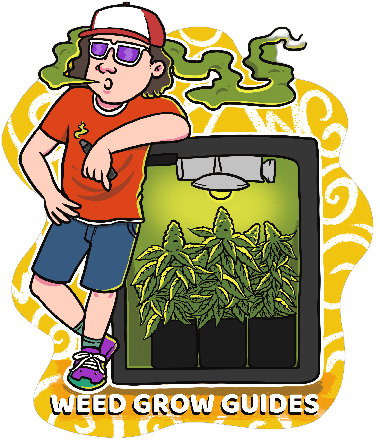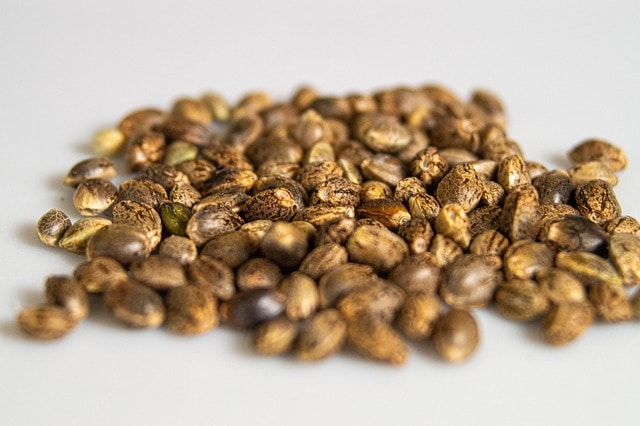When it comes to growing marijuana, there are two types of plants that you can choose from: autoflowering and photoperiod. While both types of plants will produce marijuana buds if female, there are some key differences between them that are important to understand before deciding which one to grow. In this article, we’ll explore the differences between autoflower and photoperiod weed plants.

What are Autoflower Weed Plants?
Autoflowering weed plants are a type of cannabis plant that automatically transitions from the vegetative phase to the flowering phase without any changes in lighting. This means that they do not rely on a change in the light cycle to begin flowering. Instead, they will begin to flower after a certain amount of time has passed since they were planted, usually around 2-4 weeks. Autoflower plants are known for their small size and fast growth rate, as they typically reach maturity in just 8-10 weeks. They are typically more beginner friendly if you are new to growing.
What are Photoperiod Weed Plants?
Photoperiod weed plants are the more traditional type of cannabis plant. They rely on changes in the light cycle to begin the flowering phase. Specifically, they need 12 hours of light and 12 hours of darkness in order to start producing buds. Photoperiod plants can be grown indoors or outdoors and can take anywhere from 8+ weeks to reach maturity. A plant can be kept under light longer to grow a larger plant or produce clones.

Differences between Autoflower and Photoperiod Weed Plants
Growth Rate: Autoflowering plants are known for their fast growth rate and early maturity. This is because they begin flowering automatically after a certain amount of time has passed since planting, regardless of the light cycle. In contrast, photoperiod plants require a specific light cycle to begin flowering, which can slow down their growth rate and increase their time to maturity.
Yield: While autoflower plants have a fast growth rate, they generally produce smaller yields than photoperiod plants. This is because they have a shorter vegetative phase, which is the stage of growth where the plant develops its leaves and branches. Photoperiod plants have a longer vegetative phase, which allows them to grow larger and produce more buds.
THC Content: Autoflower plants typically have lower levels of THC than photoperiod plants. This is because they have a shorter growth cycle, which means they have less time to develop their THC content. Photoperiod plants, on the other hand, have a longer growth cycle, which allows them to produce higher levels of THC.

Light Requirements: Autoflower plants do not require a specific light cycle to begin flowering, which makes them easier to grow indoors. They can be grown under a 24-hour light cycle, which can simplify the growing process. Photoperiod plants, on the other hand, require a specific light cycle to begin flowering, which can make them more challenging to grow indoors.
Genetics: Autoflower plants are typically hybrids that have been bred with cannabis ruderalis, a type of cannabis plant that is native to Russia and Central Asia. In contrast, photoperiod plants are typically bred from indica or sativa strains, which have been selectively bred for their specific characteristics.
Pros And Cons
Autoflower Pros:
- Easy to grow
- Light on almost 24/7 which means less time adjusting timers
- Stronger against disease
- Fast grow time
- Smaller plants although autoflowering plant genes have become a lot better in recent years
Autoflower Cons:
- Smaller plants = smaller yields
- Light on 18+ hours a day means light for people to see and more money to pay for energy
- Can’t do much to impact yields
- Can’t/shouldn’t clone

Photoperiod Pros:
- Can grow to desired height
- Able to clone plants from cuttings
- If you mess something up with nutrients or something you can prolong the veg stage to save the grow (assuming you don’t kill it)
- Seeds are usually slightly less than autoflower from what I have seen but not always
Photoperiod Cons:
- Have to schedule lighting
- Could prolong time to harvest
- Not as straightforward as autoflowering
- Larger plants need more lighting
Conclusion
In conclusion, the choice between autoflower and photoperiod cannabis plants ultimately depends on the grower’s goals and experience level. Autoflower plants are a great choice for novice growers or those who want a fast turnaround time, while photoperiod plants are ideal for experienced growers who want larger yields and higher THC content. Ultimately, both types of plants can produce high-quality buds, and the decision between them comes down to personal preference and growing goals.












